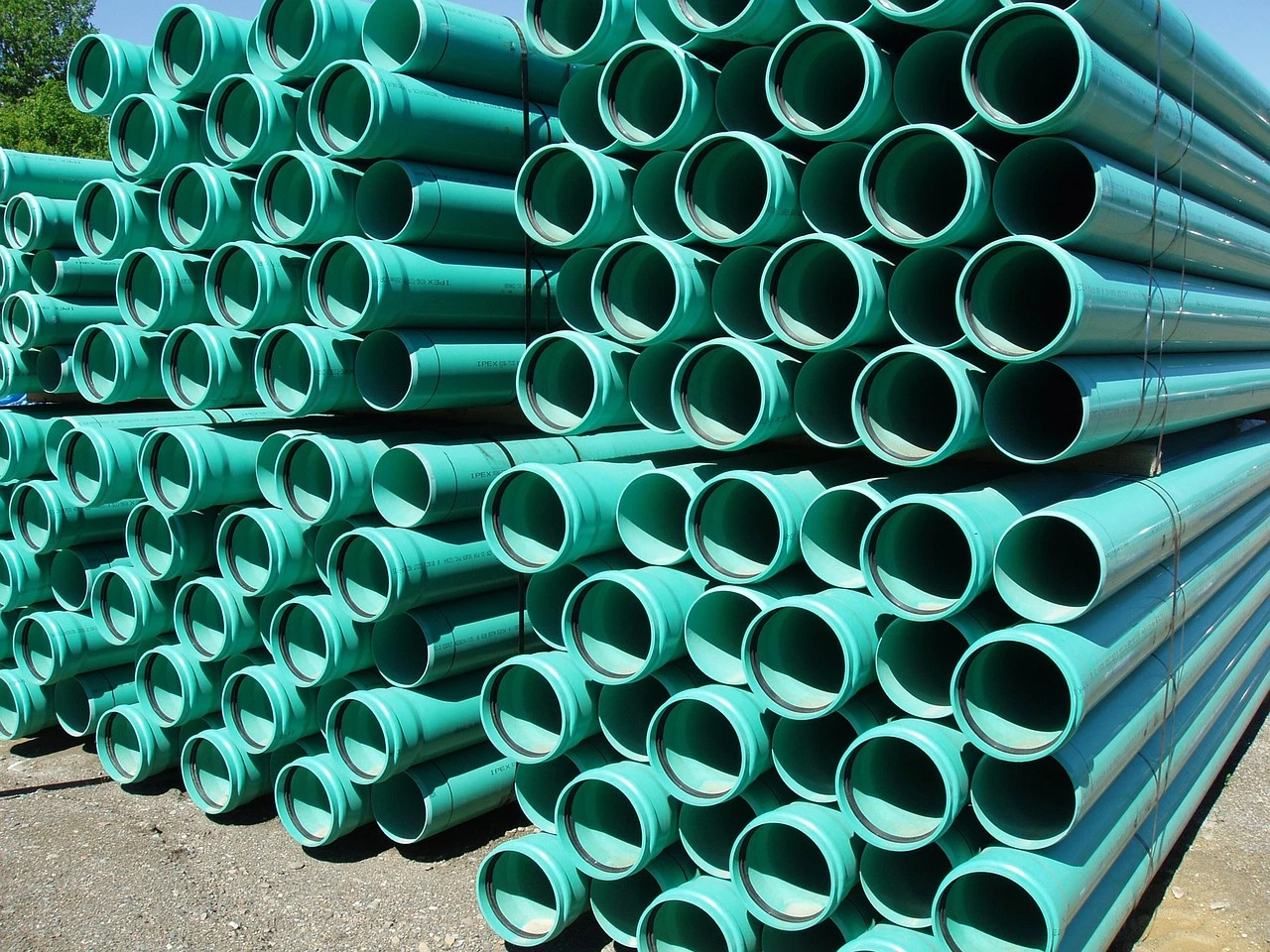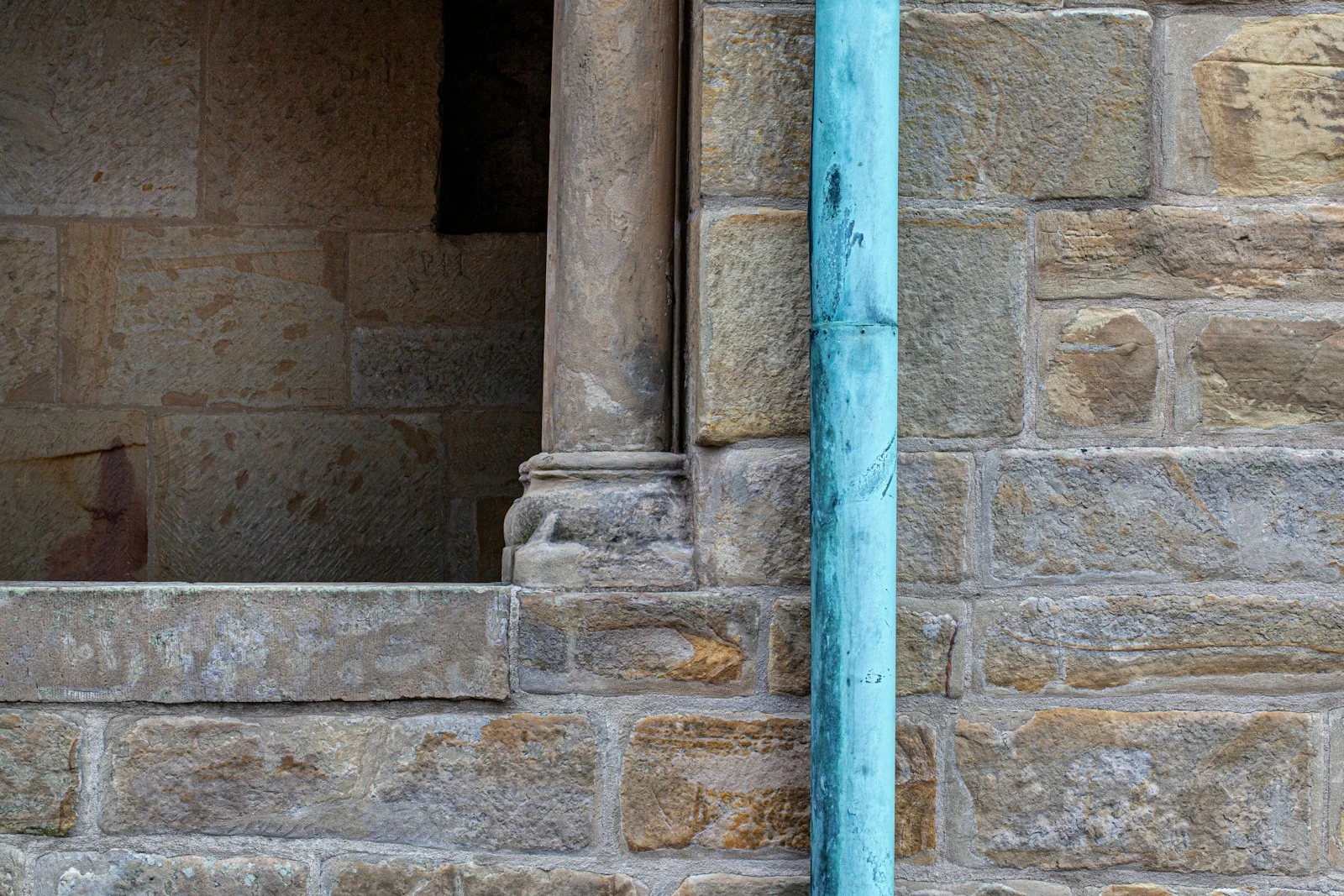Introduce PPR Pipe
In the realm of plumbing, selecting the right piping material is crucial for the longevity and efficiency of any water system. Among the various options available, PPR (Polypropylene Random Copolymer) pipes have emerged as a superior choice for both hot and cold water systems. This comprehensive guide will explore the advantages, applications, installation techniques, and maintenance practices associated with PPR Pipe, demonstrating why they are the optimal solution for modern plumbing needs.
Understanding PPR Pipe
What Are PPR Pipe?
PPR pipes are made from polypropylene, a type of thermoplastic polymer known for its excellent chemical and physical properties. These pipes are increasingly popular in both residential and commercial applications due to their high durability, low weight, and cost-effectiveness.
Key Characteristics of PPR Pipe
- Durability: PPR pipes are designed to last over 50 years, making them a long-term investment.
- Temperature Resistance: They can withstand temperatures ranging from -20°C to 95°C, making them suitable for both hot and cold water systems.
- Corrosion Resistance: Unlike metal pipes, PPR pipes do not rust or corrode, ensuring clean and safe water delivery.
- Lightweight: PPR pipes are significantly lighter than traditional materials, making them easier to transport and install.
- Eco-Friendly: Being made from non-toxic materials, PPR pipes are recyclable and contribute to sustainable building practices.
Advantages of PPR Pipe for Hot and Cold Water Systems
1. Thermal Insulation
One of the standout features of PPR pipes is their ability to insulate against temperature changes. This is particularly important in hot water systems, where heat retention is crucial.
- Reduced Heat Loss: PPR pipes have low thermal conductivity, minimizing heat loss in hot water applications.
- Comfort: In residential settings, this translates to more consistent water temperatures and reduced energy costs.
2. Pressure Resistance
PPR pipes can handle high pressures, making them ideal for both hot and cold water systems.
- High-Pressure Applications: They are suitable for high-pressure environments, such as in multi-story buildings or commercial installations.
- Safety: The ability to withstand pressure fluctuations reduces the risk of pipe bursts, which can lead to costly damages.
3. Versatility
PPR pipes can be used in a variety of applications, including:
- Residential Plumbing: Ideal for hot and cold water supply systems in homes.
- Commercial Buildings: Used in large-scale plumbing systems, including hospitals and hotels.
- Irrigation Systems: Effective for transporting water in agricultural settings.
4. Cost-Effectiveness
While the initial investment in PPR pipes may be comparable to other materials, the long-term savings are significant.
- Lower Maintenance Costs: The durability of PPR pipes means fewer repairs and replacements over time.
- Energy Efficiency: Their thermal insulation properties contribute to lower energy costs for heating water.

Applications of PPR Pipe in Hot and Cold Water Systems
1. Residential Plumbing
In residential plumbing, PPR pipes are often used for:
- Hot Water Supply: Ideal for connecting water heaters to faucets and showers.
- Cold Water Supply: Commonly used for supplying cold water to kitchen sinks, bathrooms, and laundry rooms.
2. Commercial Installations
In commercial settings, PPR pipes are utilized for:
- HVAC Systems: Used in heating and cooling systems due to their thermal properties.
- Water Distribution: Effective in providing hot and cold water throughout large facilities.
3. Industrial Applications
PPR pipes are also suitable for various industrial applications, including:
- Chemical Transport: Their chemical resistance allows for safe transportation of various chemicals.
- Process Water Systems: Effective in systems requiring consistent temperature and pressure control.
Installation of PPR Pipe
Proper installation is essential to ensure the longevity and efficiency of PPR pipes. Here are key steps and considerations:
1. Tools and Materials Needed
- PPR Pipes and Fittings: Ensure you have the correct size and type of PPR pipes and fittings.
- Pipe Cutter: For making clean, straight cuts.
- Heat Welding Tool: Used for joining pipes and fittings.
- Measuring Tape: To ensure accurate lengths and measurements.
2. Preparation
- Cutting the Pipes: Use a pipe cutter to cut the PPR pipes to the desired lengths. Ensure the cuts are clean and straight for optimal fittings.
- Cleaning the Ends: Remove any debris or dust from the ends of the pipes to ensure a solid connection.
3. Heating and Joining
- Heat the Pipe and Fitting: Use the heat welding tool to evenly heat the ends of the pipe and the fitting. The optimal temperature is typically around 260°C.
- Join Quickly: Once heated, quickly insert the pipe into the fitting, ensuring a snug fit. Hold them together for a few seconds to allow for initial bonding.
4. Cooling and Testing
- Allow to Cool: Let the joint cool naturally for about 10 minutes. Avoid moving the pipes during this time to ensure a strong bond.
- Pressure Test: Conduct a pressure test to check for leaks. This step is critical to ensure the integrity of the installation.
Maintenance of PPR Pipe
Regular maintenance can extend the life of PPR pipes and ensure they operate efficiently.
1. Routine Inspections
- Check for Leaks: Regularly inspect joints and connections for signs of leakage or wear.
- Monitor Water Quality: Ensure that water quality remains consistent, as changes may indicate issues with the plumbing system.
2. Cleaning
- Flush the System: Periodically flushing the water system helps remove any sediment or buildup that could affect flow.
- Inspect Filters: If filters are used in conjunction with PPR pipes, check and replace them regularly.
3. Addressing Issues Promptly
- Repairs: Address any leaks or damages immediately to prevent further issues.
- Professional Help: For significant problems, consult a licensed plumber experienced with PPR systems.
Conclusion PPR Pipe
PPR pipes are undoubtedly the optimal solution for hot and cold water systems due to their exceptional durability, temperature resistance, and versatility. From residential plumbing to industrial applications, these pipes offer reliable performance and cost savings over time. By ensuring proper installation and maintenance, users can enjoy the numerous benefits that PPR pipes provide, making them a top choice in modern plumbing systems.
FAQs
1. Can PPR pipes be used for both hot and cold water?
Yes, PPR pipes are designed to handle temperatures from -20°C to 95°C, making them suitable for both hot and cold water systems.
2. How long do PPR pipes last?
PPR pipes can last over 50 years with proper installation and maintenance.
3. Are PPR pipes resistant to corrosion?
Yes, PPR pipes are resistant to corrosion, which helps maintain water quality over time.
4. How do I install PPR pipes?
PPR pipes are typically installed using a heat welding method, where the ends are heated and fused together.
5. Do PPR pipes require regular maintenance?
While PPR pipes are low-maintenance, routine inspections and periodic flushing of the system are recommended to ensure optimal performance.


















